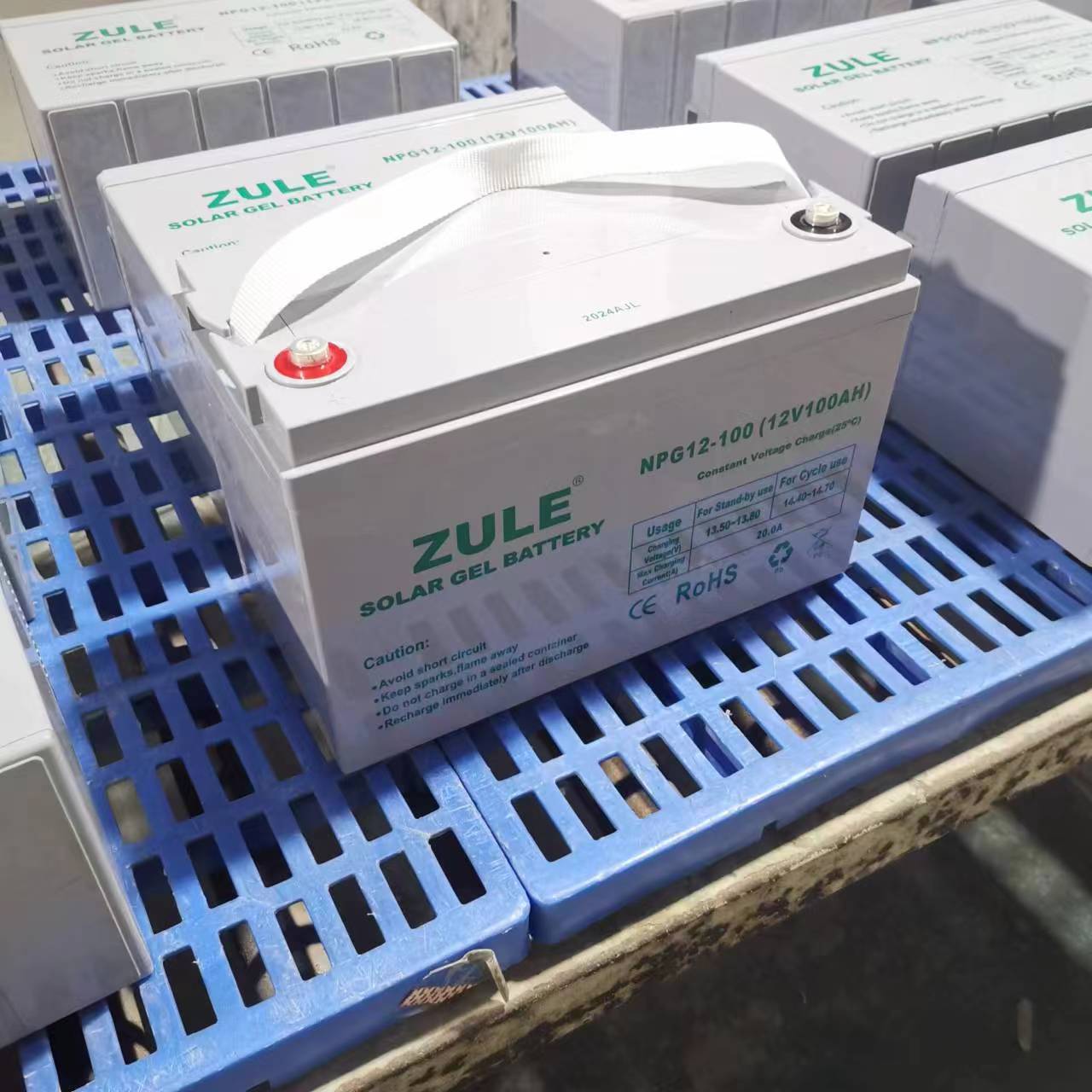- All
- Product Name
- Product Keyword
- Product Model
- Product Summary
- Product Description
- Multi Field Search
Views: 0 Author: Site Editor Publish Time: 2025-09-12 Origin: Site








Lead-acid solar cells: New energy applications of traditional technology
Lead-acid solar cells, as an important member of the solar energy storage field, carry over a hundred years of technological accumulation. In the current wave of clean energy, this classic technology still plays an irreplaceable role in specific applications. Since its invention in 1859, it has maintained a stable share in the solar energy market with its unique reliability, economy and high recovery rate.
From the perspective of working principle, the electrodes of lead-acid solar cells are composed of lead and its oxides, and the electrolyte is sulfuric acid solution. When there is sufficient sunlight, the electrical energy generated by the solar panels is input into the battery. During the charging process, the lead sulfate at the positive and negative electrodes is respectively converted into lead dioxide and lead. As the concentration of sulfuric acid increases, the electrical energy is transformed into chemical energy and stored. For applications such as off-grid solar systems, remote monitoring equipment or backup power supplies, the core advantage of lead-acid batteries lies in their low initial investment cost. Its mature technology and simple structure make the threshold for procurement and maintenance relatively low, especially suitable for projects with limited budgets or low requirements for energy density.

In solar energy storage systems, lead-acid solar cells have significant advantages. Its most prominent feature lies in its relatively lower price compared to lithium batteries. The mature production process and extensive sources of raw materials have significantly reduced manufacturing costs, enabling many small-scale solar energy projects with limited budgets to be implemented. Moreover, it has excellent low-temperature performance. In cold regions, compared with other batteries, lead-acid batteries can maintain better charging and discharging efficiency, stably ensuring the storage and supply of solar power. In addition, the high reliability brought by mature technology is also a major advantage. After long-term practical tests, its performance is stable and the maintenance difficulty is relatively low. Even in remote areas where there is a lack of professional maintenance teams, it can still operate normally.
Lead-acid solar cell technology is constantly being innovated. On the one hand, develop new lead paste formulas and grid materials to enhance battery performance and lifespan; On the other hand, optimize the production process to reduce energy consumption and costs. At the environmental protection level, a complete recycling system should be established to increase the lead recovery rate and reduce environmental pollution. Lead-acid solar cells, with their cost and stability advantages, will still hold a place in the mid-to-low-end and cost-sensitive solar energy storage market. They will develop in tandem with other technologies and jointly promote the progress of the solar energy storage industry.
It remains a highly cost-effective solution for off-grid systems in remote areas, backup power supplies, or as a support power source for equipment with large starting currents. While pursuing technological innovation, lead-acid batteries remind us that the most suitable energy storage technology is often the best balance found among cost, reliability and application scenarios.